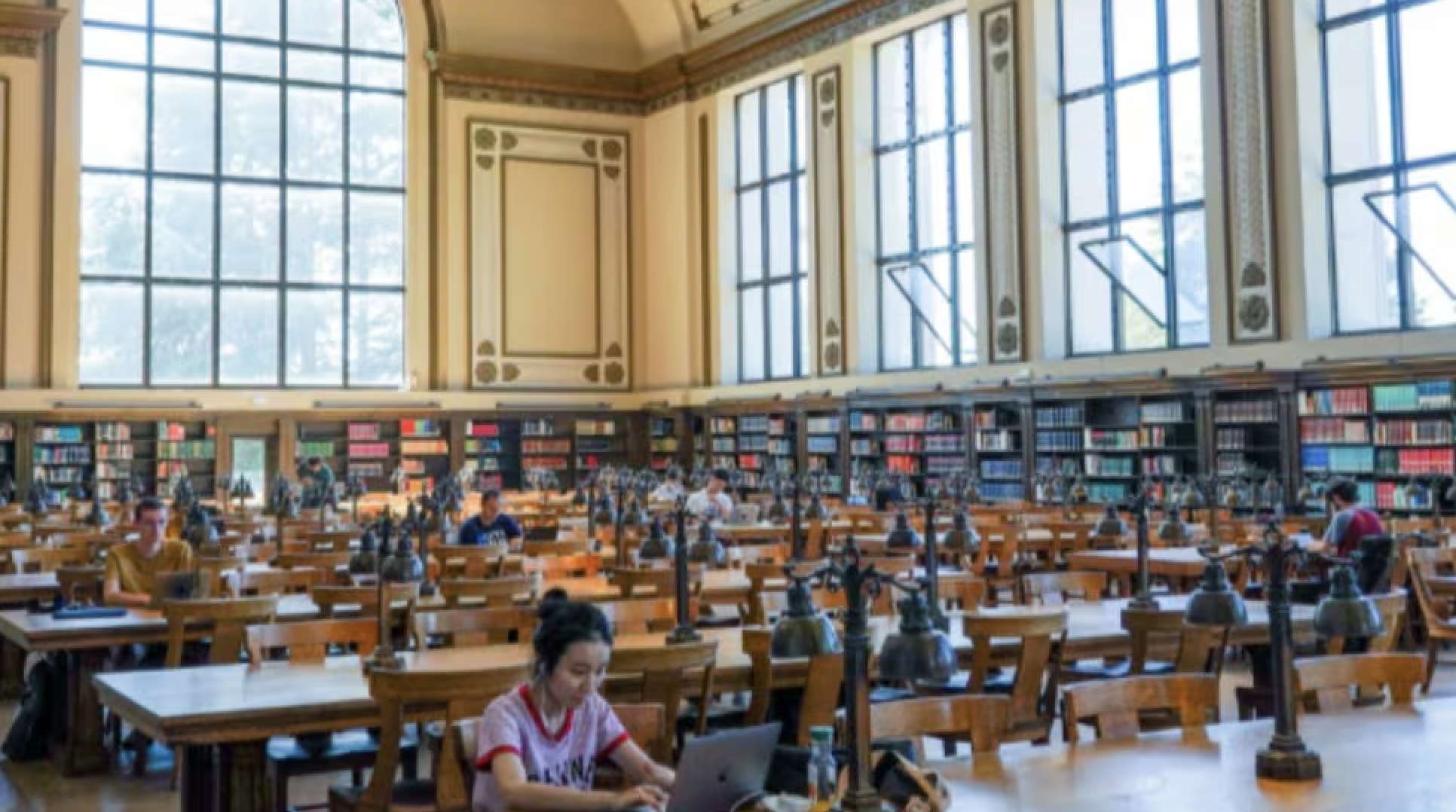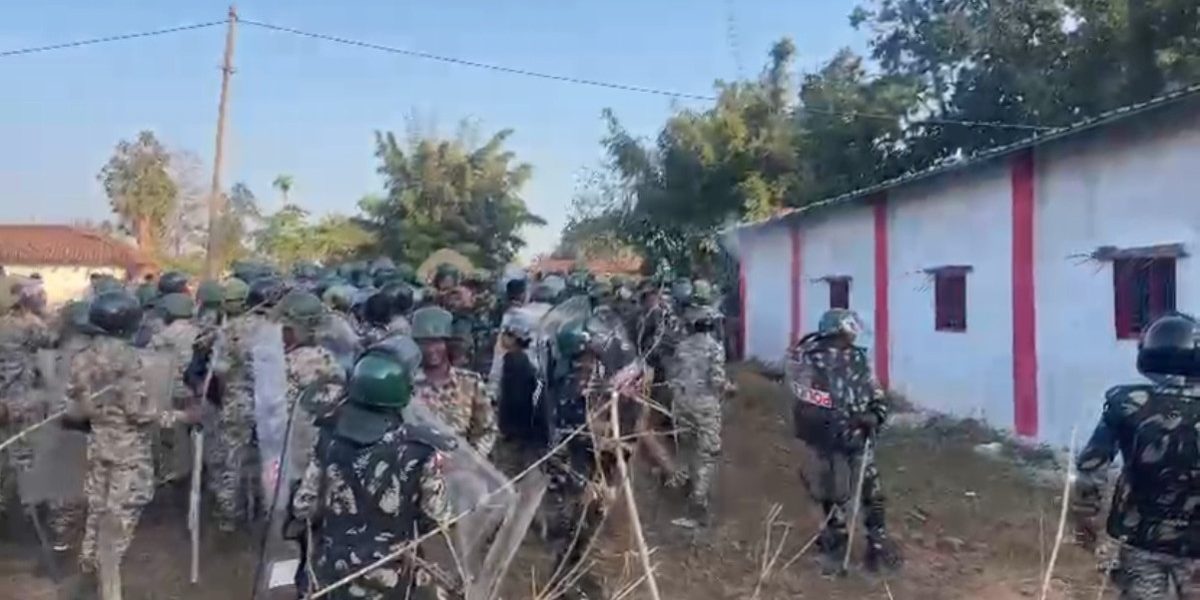
By Walter K Andersen & Shridhar D Damle
The overseas presence of RSS (Rashtriya Swayamsevak Sangh)-inspired groups is, outside of neighbouring Nepal, strongest in three English-speaking countries: the US, the UK, and Australia (though there are reports of such organisations in at least 39 countries worldwide).
The basic unit in all these overseas organisations is called a shakha, though the practical format varies widely depending on local circumstances. While Nepal has the largest number of shakhas outside of India itself, the US comes in second with 172 (in 2016), a number that reportedly is growing rapidly.
The Indian-American community, totalling over three million people, is the largest and wealthiest stratum of the Indian diaspora.
According to the Pew Research Center’s 2014 study of religion in the US, Hindus constitute only 0.07% of the total population; however, they also comprise the country’s leading ethnic group in terms of education—77% of Indian-American adults have a college or postgraduate degree—and income—70% earn $50,000 per capita or more. The American Hindu community is relatively religious, with 79% of those polled reporting that religion is “very important” or “somewhat important” in their lives.
“The American Hindu community is relatively religious.”
This would seem like a promising recruitment pool for the RSS, though the regular attendance for US HSS [Hindu Swayamsevak Sangh, the overseas counterpart of the RSS in the US] shakhas as of 2017 is only between 5,000 and 7,000 (that number would increase several times if one counted occasional attendance or participation in HSS programmes and parivar-supported projects).
Each national HSS, like all RSS affiliates, is autonomous, though there are global coordinators. Most national HSS units, like the RSS in India, have a women’s branch, referred to as the Hindu Sevika Samiti (this branch is not present in the US, Australia, or New Zealand, where shakhas are organised on a family basis).
The HSS in the US, moreover, trains its own vistaraks and vistarikas (male and female part-time workers) and is unique in having female full-time workers and a female regional director. The HSS in the US runs its own week-long training camps on the proper organisation of shakhas. Those who successfully complete three of these training camps (referred to as Sangha Shiksha Varg) can either attend the RSS’s second-year training programme in India or newly launched second-year training camps in Trinidad and Kenya, two countries with a large Indian minority. Those who complete the second-year camp can attend the longer third-year camp at the RSS headquarters in Nagpur.
“The anticipated growth of these overseas training centres will create an international pool of potential RSS workers.
A senior HSS official told us that several American HSS members have participated in these programmes. The anticipated growth of these overseas training centres will create an international pool of potential RSS workers to be assigned anywhere in the world to spread the message of Hindutva.
We spent an evening in July 2016 attending an HSS shakha in a Virginian suburb of Washington DC in order to compare it with those held in India. Our host was a practising engineer and the karyavah (director) of shakhas for the DC area. His weekly shakha lasts for about an hour and a half. He told us that after migrating from India (where he was an RSS member), he decided to join the HSS because he believed it was important to instil proper Indian values in his children.
Moreover, echoing Anderson’s “long-distance nationalism,” he said that participation in the HSS evokes a sense of collective Hindu pride among Indian emigrants. Those fifty-odd emigrants—men and women both—attending this particular shakha were almost all college-educated professionals fluent in English. He told us that this night’s attendance was less than half the average because many participants were on vacation.
He also noted that the number of regular participants had doubled in the past few years, partly a reflection of the growth of the Indian-American community in the DC area and partly because more Indian Americans are becoming aware of the HSS’s activities.
The administration of the American HSS is divided into five regions, and these DC area shakhas form part of the East Coast region. While each shakha is an autonomous unit, the national HSS general secretary—in consultation with other central, regional and local officers—selects the local shakha leaders. Each region has also rented facilities for residential camps (which usually last a week); these camps are critically important in engendering loyalty to the HSS and support for its Hindutva ideology among new volunteers and young people.
We were told that all shakhas in the US are family-oriented, and we noticed that most of the attendees at our meeting came as families. Our host told us that the format of his shakha is common to those across the US—and in India, for that matter, except that in the US both men and women attend.
”All shakhas in the US are family-oriented.”
The shakha began with the participants seated in rows based on their age, as in India, and proceeded as follows: first the saffron-coloured Bhagwa Dhwaj (similar to the flag used at shakhas in India) was hoisted and saluted; then an opening prayer for Hindu unity was recited, with specific reference to the religion’s diversity, mentioning Vedic Hinduism, Buddhism, Jainism, and Sikhism as legitimate forms of worship; yoga, surya namaskar (a traditional exercise), and callisthenics followed for the adults, while the children engaged in more vigorous exercises, including traditional Indian games like kho kho; thence followed the bouddhik, a group-wide discussion of social or political issues; and finally a concluding prayer in Sanskrit which refers to “Mother Earth” and humanity, a divergence from the closing prayers in India, which refer to Bharat Mata (“Mother India”).
The opening prayer was recited by a teenage boy and the concluding one by a teenage girl. At this particular meeting, the bouddhik was delivered (in Sanskrit) by a visiting America-based RSS pracharak representing an organisation aiming to popularise Sanskrit as a spoken language.
Also attending was a local representative of Sewa International USA, which operates a wide range of service activities in the US and is managed mainly by HSS activists. Sewa International operates various national units across the globe, and has experienced a surge in activities (and volunteers) since the 1990s.
The VHP became the first RSS affiliate to enter the US in 1970.
The US national unit, formed in 2002, provides opportunities for American swayamsevaks to strengthen bonds to the sangh parivar in India and in other countries. The Sewa service activities of this particular shakha include donating food to the indigent and food banks, as well as tutoring sessions led by high school students. The American unit was heavily involved in relief efforts in 2017—such as providing volunteer doctors and other medical specialists—after several hurricanes swept across the US.
The VHP became the first RSS affiliate to enter the US in 1970, just six years after its formation in India. Changes to US immigration laws in 1965 led to a substantial migration of Indians, including some swayamsevaks, to the States, and this presented a wealth of opportunities for the VHP to engage in its traditional “mission work.”
Mahesh Mehta, a former pracharak, established the first VHP chapters and focused on youth work (bal vihar) to build a cadre for the group’s future expansion into the US. He worked initially with the few Hindu temples that then existed, but they offered little in terms of real assistance in organisation-building. Recognising that he had to establish his own support networks, he organised the Coalition of Hindu Youth to encourage young people to stay active in their local mandirs.
The American branch of the VHP launched in a major way on 4 July 1984, with a mass rally at Madison Square Garden, announcing its intentions to aggressively propagate Hindutva as a spiritually based universal ideology.
This story was first appeared on qz.com





